Masks and COVID
I am a huge fan of the outdoors on a normal year, but given that the year of 2020 has thrown us a major curveball with the pandemic, many of us are re-thinking what used to be such simple, long-standing activities.
And while you may find this counterintuitive, I suggest moving out of your comfort zone and get outdoors as much as possible– especially from a health perspective. Not only will this allow for proper social distancing and other precautions (it’s a lot easier to be six feet away from someone when you don’t have to worry about bumping into walls), but you also will be able to enjoy the beautiful outdoors as well!
With this in mind, outdoor activities are still a great way to have fun and stay safe. Try these:
- Go for a hike!
- Hit the road for a road trip, or go for a “Sunday drive”
- Get out there to watch the leaves change
- Visit an open pumpkin patch, or even a not-so-local apple orchard
- Visit the many bluebonnet fields in the Texas Hill Country!
There are so many options. And by nature of just getting outside you can get some important exercise while doing any of these activities. And be sure to bring a mask just in case.
In cases where social distancing is difficult, experts say that nearly everyone should wear masks. Masks are especially useful when you’re spending time indoors. While masks don’t completely prevent viral spread, they greatly lower the chance of the virus –or any virus—passing between two people. And yes, there are some people who should not wear masks:
- Kids under the age of 2
- People who have breathing problems
- Anyone who is unconscious
- People who would not be able to remove their mask on their own
People who can’t wear masks should take other measures to help protect their families and communities. For example, people who are working out or swimming may not be able to wear a mask. In these cases, exercising outside and keeping a large distance between yourself and other people helps minimize risk.
Everyone should also try to embrace additional protective measures, such as:
- Washing your hands regularly, for at least 20 seconds
- Using hand sanitizer if you can’t wash your hands
- Avoiding touching your face, especially your eyes, nose, and mouth
- Covering your mouth and nose when you cough or sneeze and immediately cleaning your hands disinfecting surfaces that you regularly touch, such as counters, doorknobs, handles, phones, and light switches.
Do Masks Work?
What does the research show? Masks have been worn during surgery for nearly 100 years to prevent surgeons from spreading germs to patients. Healthcare providers also wear them to protect themselves from their patients. We have long trusted masks to protect us in medical settings. As COVID-19 has grown into a global health crisis, researchers are scrambling to get more data about the effectiveness of masks.
In one large study, researchers at the largest healthcare system in Massachusetts studied how quickly COVID-19 spread before and after implementing a mask policy. In the early days of the epidemic, the number of cases among healthcare workers rose by 1.16% per day. After a policy went into place requiring that all employees and patients wear masks, the number of cases decreased by 0.49% per day.
One interesting case is the story of two hair stylists working in Springfield, Mo. The stylists had COVID-19 symptoms while working with clients, and eventually tested positive. However, both the stylists and their clients wore masks during appointments, and none of the 139 patients tested positive or developed symptoms. This doesn’t mean that masks are 100% effective –if you feel sick, stay home. However, it does show that masks can play an important role in protecting people.
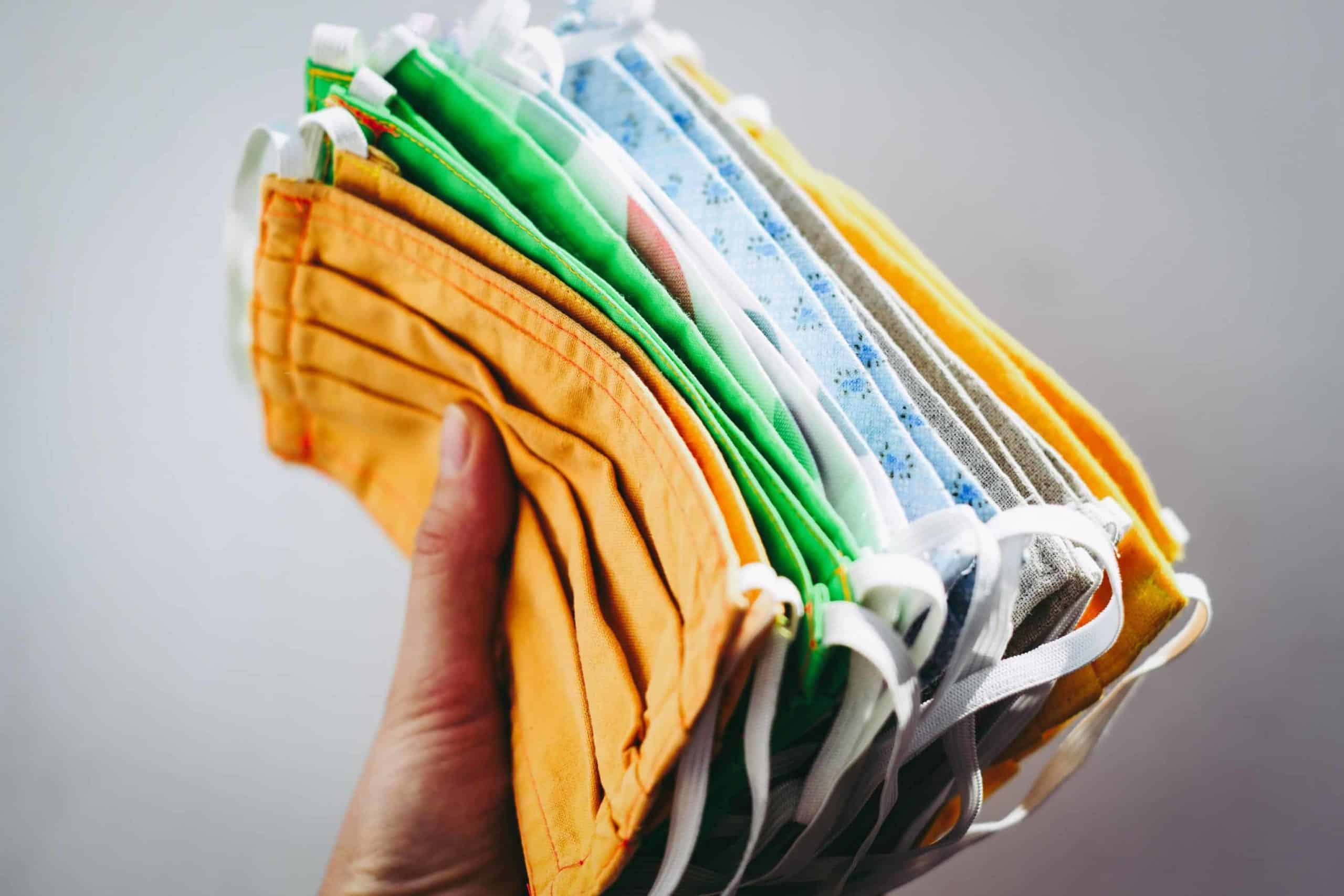
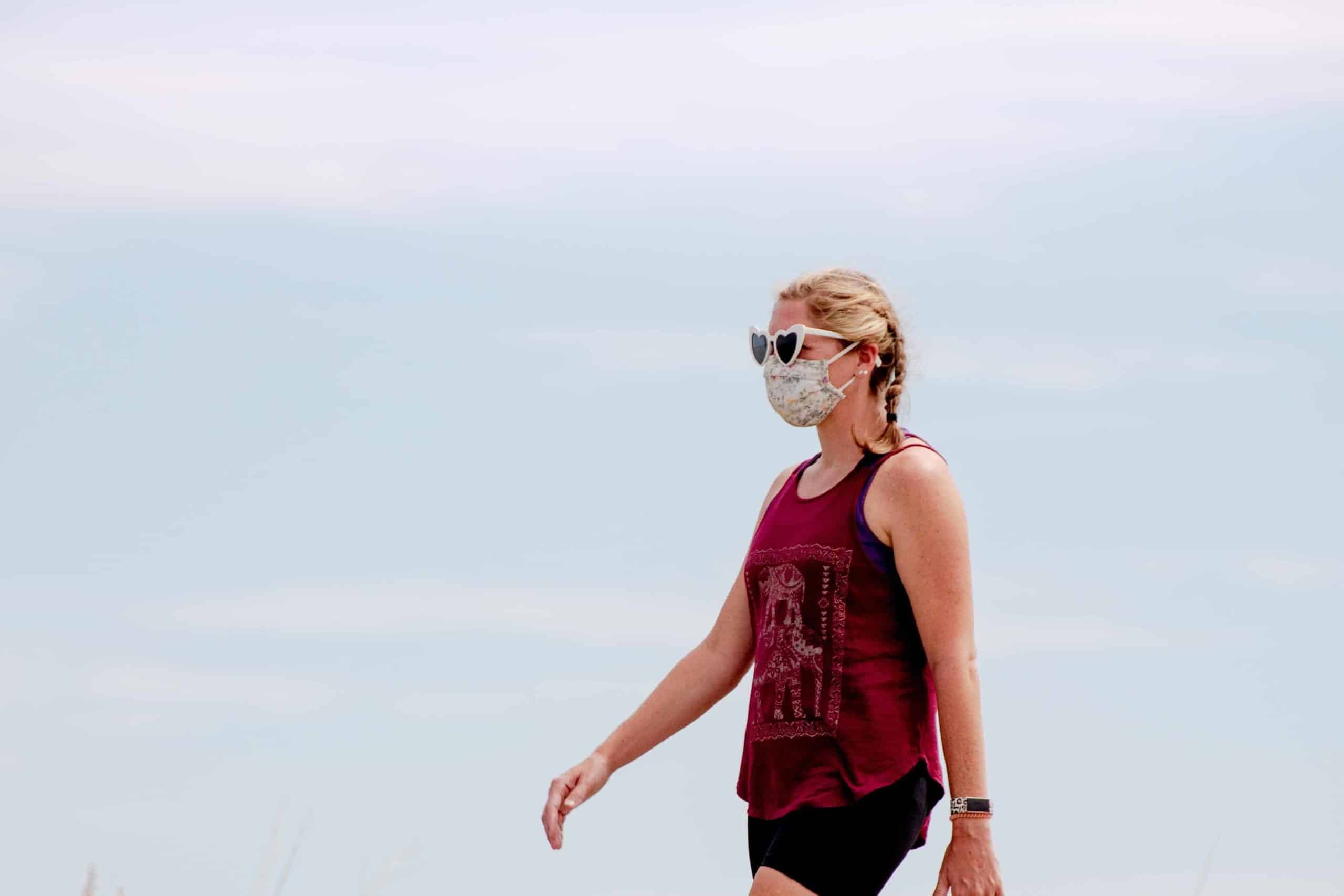
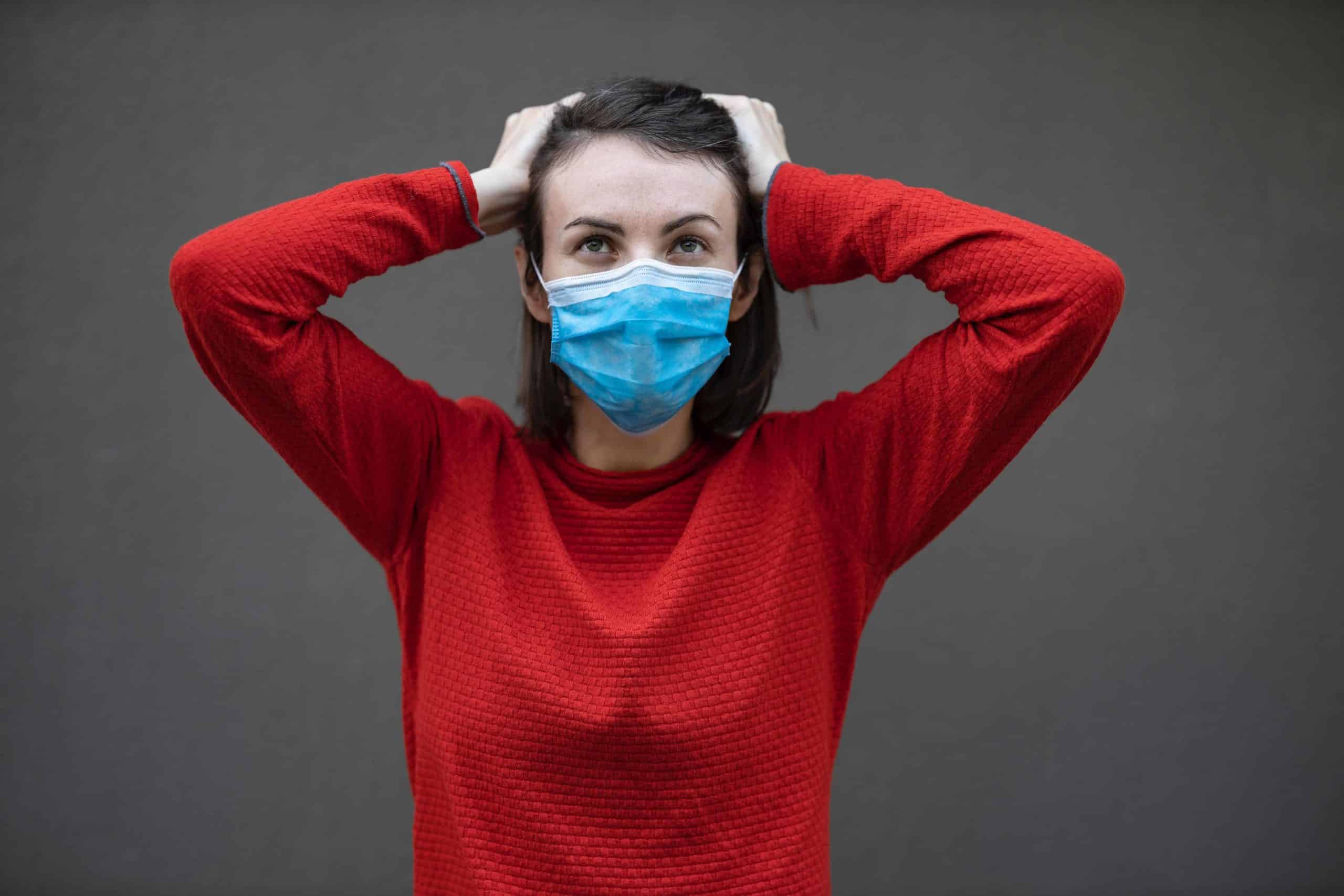
Which Mask Types Work Best?
Several past studies have found that surgical masks and N95 respirators, often worn by healthcare workers, can help prevent the spread of seasonal viruses such as the flu. When it comes to COVID-19, mask research is in the early stages, but we are slowly gathering new information.
Mask Types: What We’re Learning:
A few recent studies have provided information regarding which fabric types may be effective at preventing the spread of viruses or respiratory droplets:
- Research using artificial particles that act like respiratory droplets found that a single-layer bandanna wasn’t very protective, but a folded handkerchief worked slightly better. Cloth masks that contained two pieces of cotton fabric blocked the vast majority of the particles, although a small percentage could escape from the top of the mask because of gaps between the nose and the mask.
- Another study showed that many cloth masks worked about as well as surgical masks for blocking respiratory droplets. These included masks made from cotton, polypropylene, cotton polypropylene blends, and polyester. Interestingly, this study found that bandannas essentially offered no protection, and a gaiter or neck warmer made from fleece may actually lead to more respiratory droplets than not wearing anything at all. The authors hypothesized that fleece may break up larger droplets into many smaller ones, which were more likely to hang around in the air. More research needs to be done to find out whether this is in fact the case.
- Hybrid fabrics may block particles the best, according to an additional study. These fabrics include cotton-silk, cotton-chiffon, and cotton-flannel. The study authors also found that fabric with a higher thread count probably was more effective.
- Masks made from one layer of cloth and paper towels may be able to block the majority of virus particles.
- Masks made from 2-3 layers of T-shirt fabric might be a good balance between effectively blocking virus and being breathable.
- When researchers analyzed the ability of nontraditional materials to filter out viral particles, they found that vacuum cleaner bags were fairly effective. People may be able to use these bags as a filter in a mask.
You may notice that there is no clear answer here, and that the results of some experiments may actually be slightly conflicting. This is because many of these studies were very small, and some researchers studied artificial particles rather than actual viruses. Much more research is needed to get clearer data. However, takeaways from these studies show that effective masks most likely:
- Have multiple layers of fabric
- Are made from cotton or cotton blend fabric (although synthetic poly blends may be effective too
- Fit the face snugly, with minimal gaps
The World Health Organization recommends wearing a three-layer mask, in which the outer two layers are cotton and the middle is a filter made from polypropylene fabric. Duke professor Warren S. Warren, who worked on the second study listed above, gave an additional tip: “If you can see through [a mask] when you put it up to a light and you can blow through it easily, it probably is not protecting anybody.”
Buying a Mask
A huge variety of masks are currently available for purchase. Many clothing and streetwear brands are producing different types and styles of fabric masks. Face masks are available from both large retailers such as Amazon and Target, and small businesses, who may sell their products through social media or through ecommerce sites like Etsy.
More expensive designer brands have even been offering masks. No matter what colors, patterns, or styles you prefer, there is a mask out there for you! Masks come in many different sizes. The fit of a mask is also influenced by whether it ties behind the head or uses loops that go around the ear. People have different preferences when it comes to which style of mask feels the most comfortable, so you may have to try a couple of different types before you get one that works for you.
Whichever style you get, you should make sure that the mask is able to completely cover your mouth and nose and fits snugly without any large gaps.
Making a Mask
There are a huge number of tutorials available for making masks of different styles. Try Googling or searching on YouTube to learn more about how to sew yourself a mask! The CDC also offers basic instructions for sewing a simple rectangular mask with elastic ear loops. The CDC’s website also includes a no-sew tutorial for folding a bandanna or piece of square fabric into a face mask.
Putting on a Mask
You should wash your hands anytime you put on your mask. Make sure the mask completely covers both your mouth and your nose. As you’re wearing the mask, don’t push it down around your neck or push it up onto your forehead. You should also avoid touching the mask if possible. If you do need to touch or adjust your mask, wash your hands before and after.
Removing a Mask
Leave your mask on until you get home. Once you’re back inside, take your mask off by touching only the ties or ear loops. Immediately put your mask into the washing machine and wash your hands.
Washing a Mask
Wash your mask after every single use. Follow any care instructions, if they came with your mask. Wash with detergent and warm water in the washing machine, along with your clothes. You can also hand wash using a disinfecting bleach product and rinsing thoroughly.
Conclusions
Masks are an extremely important tool for slowing and preventing the spread of COVID-1 9. For the highest amount of protection, use a mask that contains multiple layers and fits snugly to your face. Following recommended protocols related to wearing and washing your mask will also play a big role in reducing your disease risk. Contact us to learn more.
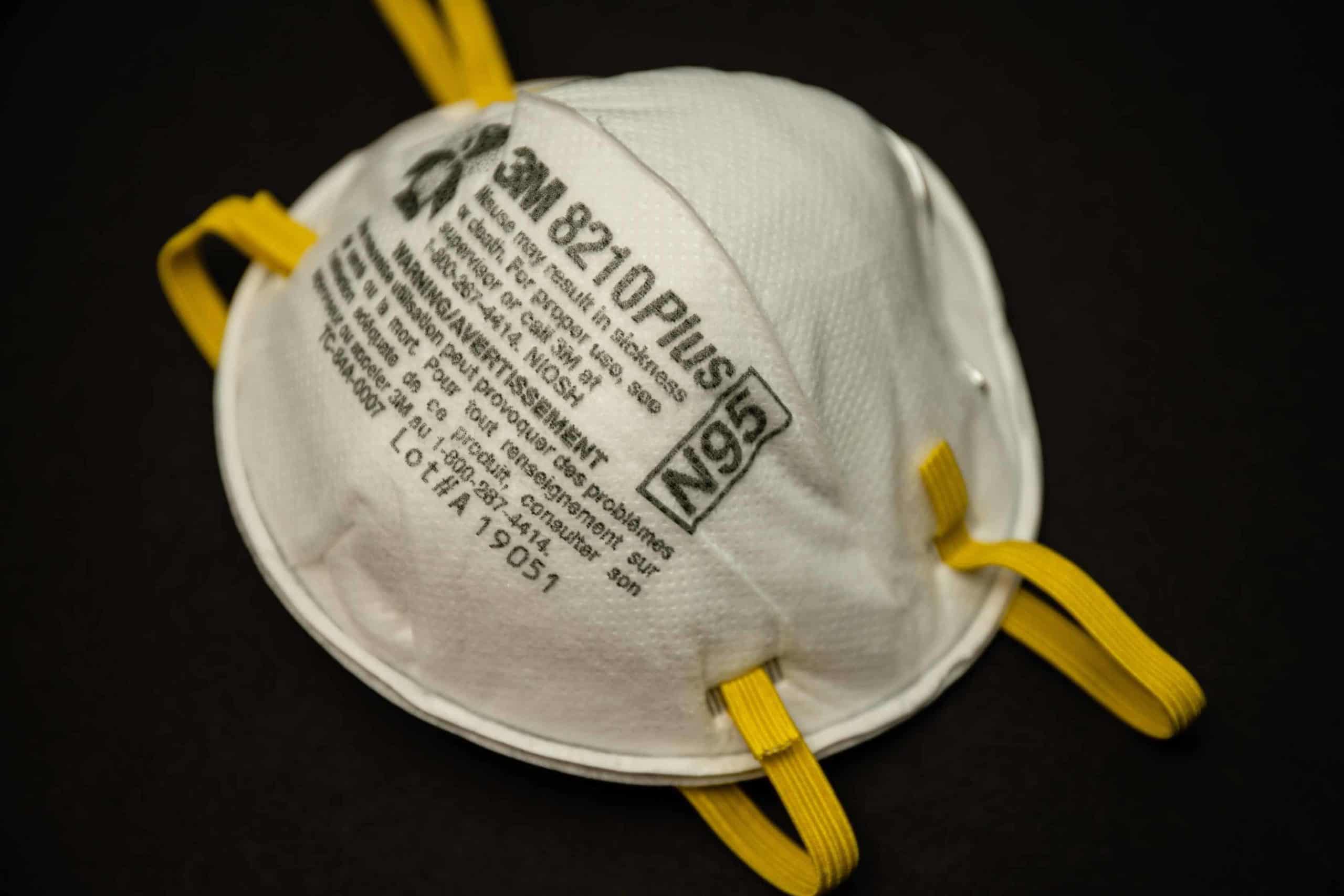

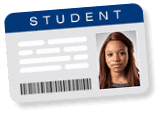
What’s up it’s me, I am also visiting this site on a regular
basis, this web site is in fact pleasant and the
viewers are truly sharing nice thoughts.
May I simply just say what a comfort to find a person that genuinely knows what
they’re talking about on the net. You certainly know
how to bring an issue to light and make it important.
More people have to look at this and understand this side of your
story. It’s surprising you aren’t more popular given that
you most certainly have the gift.